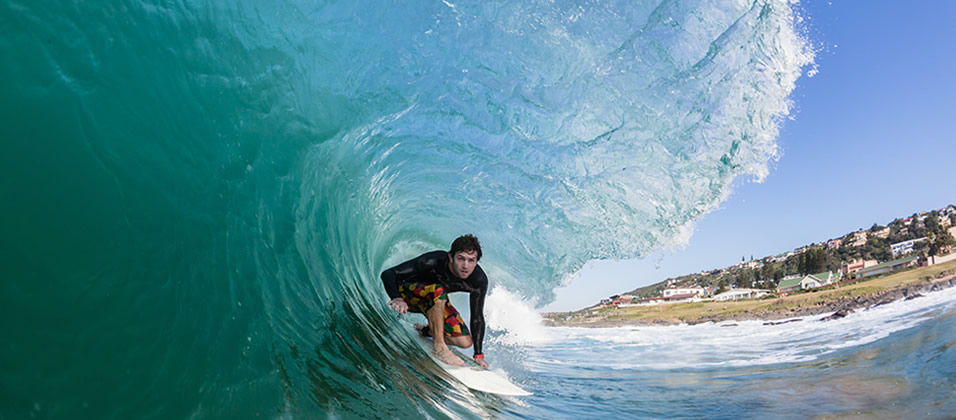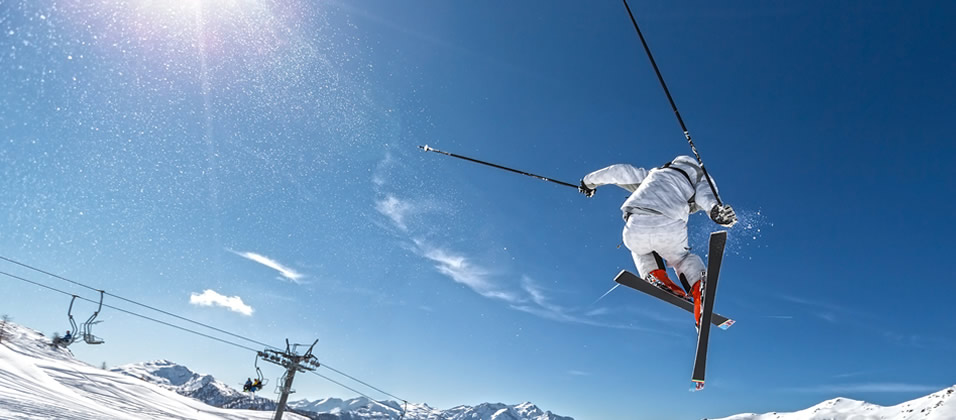Articular Cartilage Regeneration & Transplant
In cases of focal areas of articular cartilage damage in the knee which are causing pain there are surgical treatment options.
Arthroscopic image of normal smooth articular cartilage in figure one and in figure two frayed, damaged and softened articular cartilage on the medial femoral condyle of the knee.
Figure one - normal articular cartilage
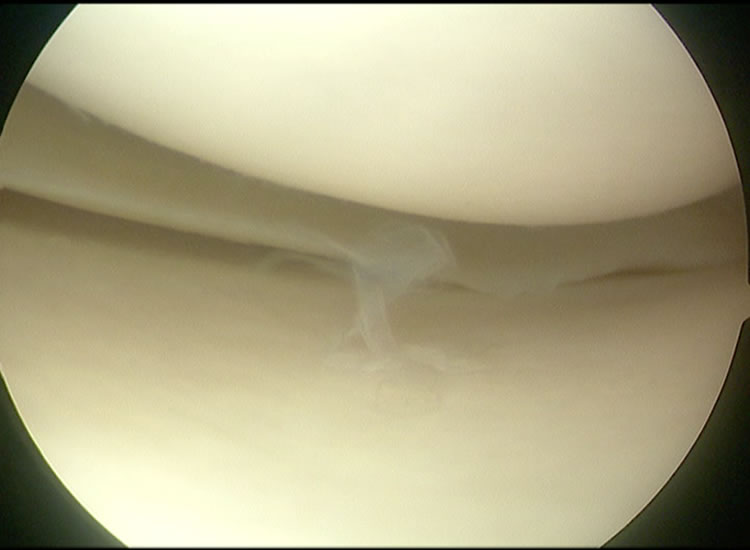
Figure two - damaged articular cartilage
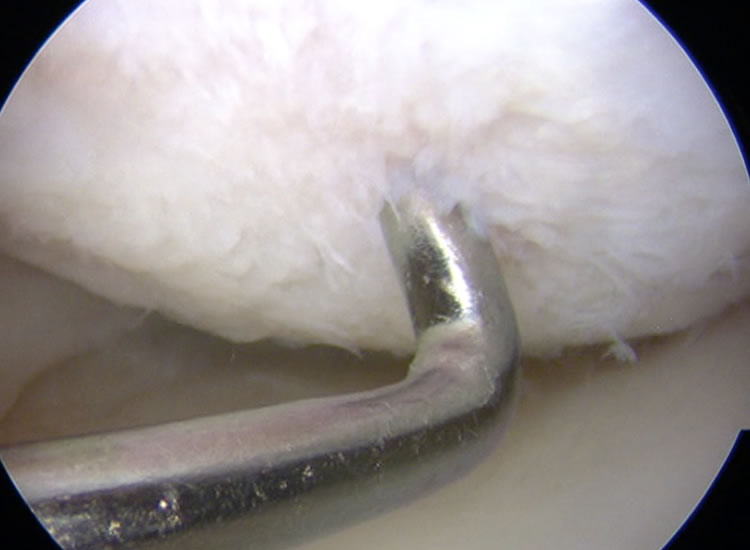
Microfracture
Small areas of articular cartilage loss (up to 2cm2) are amenable to treatment with micro fracture.
In this operation drill holes are created in the base of the cartilage defect, penetrating to the underlying subchondral bone with the aim of releasing local mesenchymal stem cells into the defect which produce a cartilage plug to fill the hole.
The new cartilage created is hyaline cartilage which is slightly different in its collagen structure to the natural joint articular cartilage.
Osteochondral autograft transfer (OATS)
Larger areas of articular cartilage damage are not suitable for micro fracture. An option is then to transfer a plug of articular cartilage from a non-weightbearing potion of the knee to the area of damage.
This procedure can be performed arthroscopically or through formal open approach to the joint.
Post operatively the patient will normally need to be partially weight bear for two weeks and then progress to full weight bearing. A knee brace may be required depending on the sites of the cartilage transfer.
Intra-operative picture of completed OATS for articular cartilage defect of the lateral femoral condyle left knee
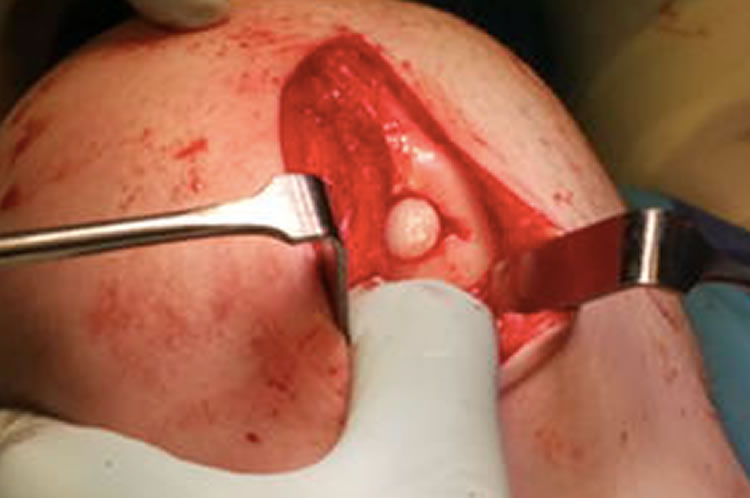
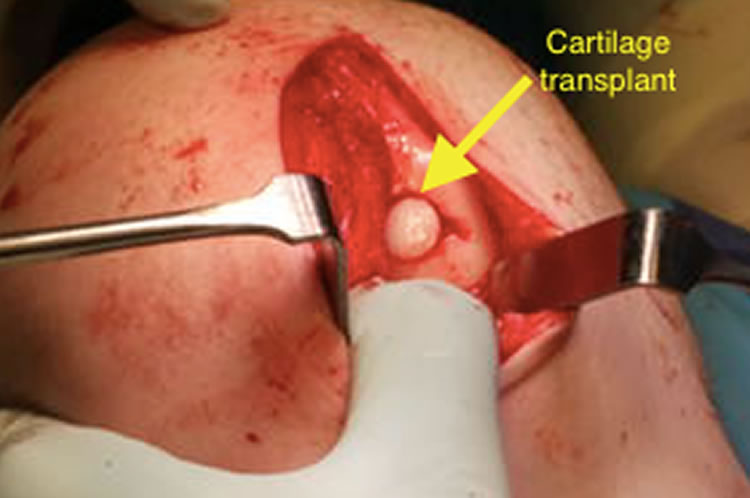
Osteochondral allograft transfer
In larger defects not suitable for an autograft transfer a donor plug of articular cartilage and subchondral bone can be harvested and inserted into the defect.
The allograft tissue has been irradiated to minimise the risk of infection and transmission of disease. The tissue is provided from a registered bone bank.
Autologous chondrocyte implantation
In this procedure healthy articular cartilage is harvested from a non-weightbearing portion of the knee. This cartilage is then sent to a laboratory where a cartilage matrix is grown from the donor cartilage. The cartilage matrix is then re-implanted through an open approach to the joint. The patient will need to be non-weight bearing for between 6 to 12 weeks post operatively.
